| TINTIN LANGUAGES | |
| AFRIKAANS | |
| ALGUERES | |
| ALSATIAN | |
| ARABIC | |
| ASTURIAN | |
| BASQUE | |
| BERNESE | |
| BENGALI | |
| BRETON | |
| BULGARE | |
| CAMBODIAN | |
| CATALAN | |
| CHINESE | |
| CORSICAN | |
| CZECH | |
| DANISH | |
| DUTCH | |
| ENGLISH | |
| ESPERANTO | |
| FARSI | |
| FAEROESE | |
| FINNISH | |
| FRENCH | |
| FRIESIAN | |
| GALICIAN | |
| GALLO | |
| GAUMIAN | |
| GERMAN | |
| GREEK | |
| HEBREW | |
| HUNGARIAN | |
| ICELANDIC | |
| INDONESIAN | |
| ITALIAN | |
| JAPANESE | |
| KOREAN | |
| LATIN | |
| LUXEMBOURGER | |
| MALAYALAM | |
| NORWEGIAN | |
| OCCITAN | |
| PICARDY | |
| POLISH | |
| PORTUGUESE | |
| ROMANSCH | |
| RUSSIAN | |
| SERBO-CROAT | |
| SINHALESE | |
| SLOVAK | |
| SPANISH | |
| SWEDISH | |
| TAHITIAN | |
| TAIWANESE | |
| THAI | |
| TIBETAN | |
| TURKISH | |
| VIETNAMESE | |
| WELSH | |
| TOTAL 60 VERIFIED LANGUAGES | |
| RUMOURS | |
| MIRANDES | |
|
MONEGASCO |
|
| PROVENÇAL | |
| RUANDES | |
| MONEGASCO | |
| LINKS | CRAB MENÚ | CASTAFIORE MENU |
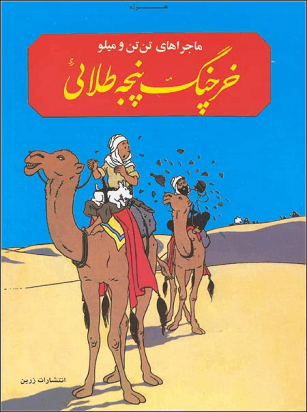 |
FARSI (PERSIAN, IRANIAN) | |||||||||||
|
||||||||||||
|
Persian is one of the
world's oldest languages, a standard and well-recognized tongue as
early as the 6th century B.C. It is one of the Iranian languages
which form a branch of the Indo-European family. To native
speakers Persian is known as Farsi.
Old Persian was the language of the great Persian Empire which at one time extended from the Mediterranean to the Indus River in India. The language was written in Cuneiform, the wedge-shaped characters used throughout much of the ancient world. In the 2nd century B.C. the Persians created their own alphabet, known as Pahlavi, which remained in use until the Islamic conquest of the 7th century. Since that time Persian has been written in the Arabic script with a number of additional characters to accommodate special sounds. Modern Persian is spoken by over 40 million people in Iran and another 5 million in Afghanistan. In Iran it is generally referred to as Farsi, in Afghanistan as Dari. A variety of Persian called Tajik is spoken in the Tajikistan, but there it is written in the Cyrillic alphabet. English words of Persian origin include shawl, pajama, taffeta, khaki, kiosk, divan, lilac, jasmine, julep, jackal, caravan, bazaar, checkmate, dervish, and satrap. Shams ud-Din Mohammed, or Hafiz, who lived in the 14th century, is considered Persia's greatest lyric poet.
|
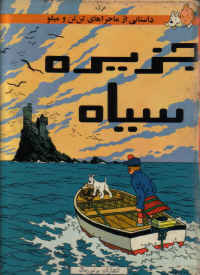 UNIVERSAL
1st
EDITION
UNIVERSAL
1st
EDITION 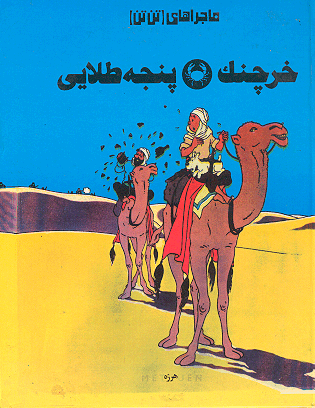 PIRATE EDITION
PIRATE EDITION
|
PUBLISHER UNIVERSAL EDITIONS Teheran |
|
ONLINE SHOPING
|
|
LINKS
|
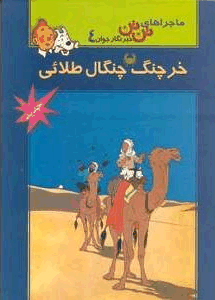

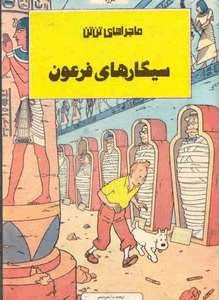
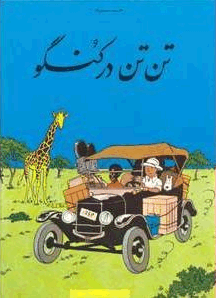
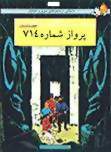
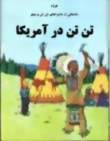
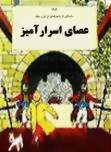

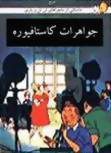
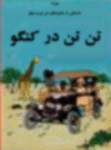


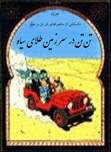
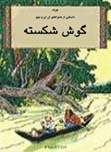
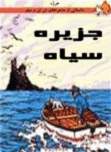
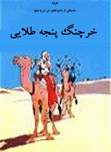
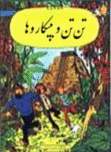
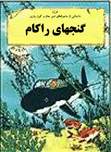

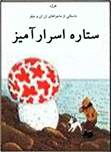
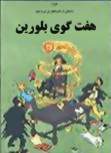


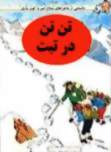

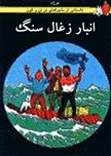
|
|
I'VE GOT THIS ONE | ! WANTED! |